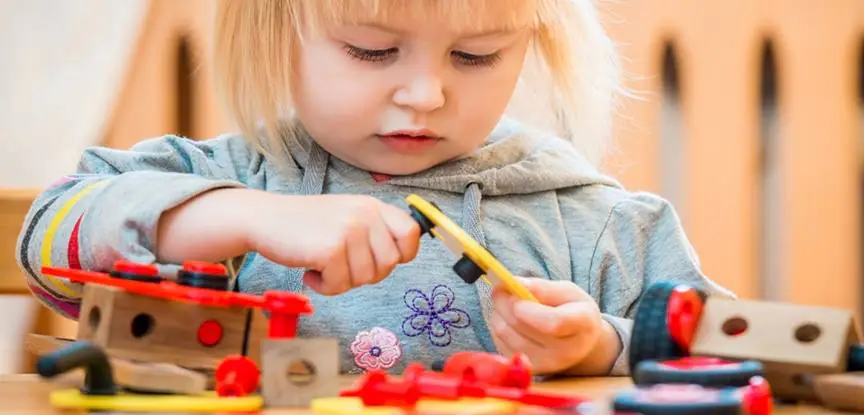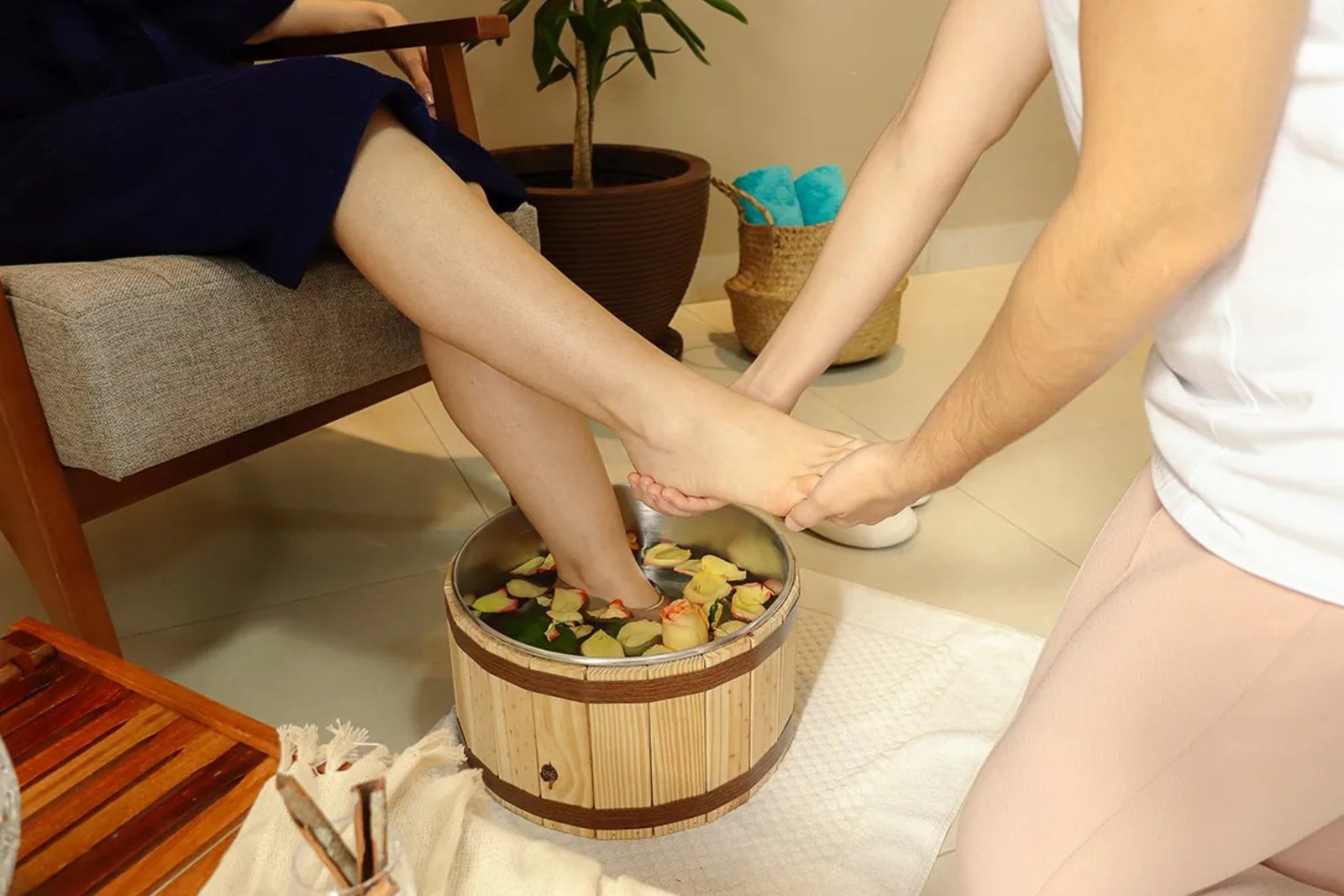Separation anxiety is a normal phase of child development that typically occurs between 6 and 24 months of age. During this time, babies begin to recognize that they are separate entities from their parents or caregivers and develop a greater understanding of object permanence. This awareness leads to increased anxiety when parents or caregivers are out of sight. Separation anxiety is an important milestone in the baby’s emotional and social development, reflecting their cognitive growth and their ability to form emotional bonds.
The most common signs of separation anxiety include intense crying, resistance to separating from parents, and a sense of insecurity when away from caregivers. Babies may become more clingy, irritable, or even refuse to interact with others besides their parents. This response is a natural reaction to the fear of losing the security and comfort provided by primary caregivers. In many cases, separation anxiety is temporary and diminishes as the baby adjusts and becomes accustomed to the idea that parents will always return.
To help a baby cope with separation anxiety, parents can adopt several strategies. Maintaining a consistent and predictable routine can help the baby feel more secure. Additionally, quick and positive goodbyes, without much drama or prolongation, can reduce anxiety. Creating a familiar environment and offering comfort objects, such as favorite toys or blankets, can also help ease the transition.
It is important for parents and caregivers to remain calm and composed during this period. Babies are sensitive to adults’ emotions and may pick up on parents’ tension or anxiety, which can intensify their own separation fears. Being consistent and calm in interactions can help the baby understand that separation is only temporary and that parents always return.
Finally, separation anxiety is a normal phase that usually doesn’t warrant concern unless it persists beyond the expected period or significantly interferes with the baby’s development. If parents have ongoing concerns or if separation anxiety seems extreme, consulting a pediatrician or child development specialist can provide additional guidance and ensure the baby is developing healthily.
educing separation anxiety in babies can be challenging, but there are several effective strategies that can help make the process smoother for the child. Here are some recommended approaches:
- Establish Consistent Routines: Keeping a regular daily routine helps the baby feel more secure and predictable. This includes consistent times for feeding, napping, and activities, as well as a similar goodbye routine each time you leave. Predictability helps the baby understand that separation is a normal part of the day and not an unpredictable situation.
- Practice Short and Positive Goodbyes: When you need to leave the baby, do so in a brief and positive manner. Avoid prolonging goodbyes or creating emotional drama, as this can increase anxiety. Offer a quick and calm “goodbye,” and reassure the baby that you will return soon. This approach can help reduce anxiety and ease the separation process.
- Provide Comfort Items: Let the baby take a comfort item with them, such as a favorite toy or a piece of your clothing, during the separation. These items can provide a sense of security and connection while you are away, helping the baby feel more comfortable.
- Gradually Increase Separation Time: Start with short periods of separation and gradually increase the time as the baby adjusts. For example, you might begin by being away for 10 minutes and, as the baby becomes more comfortable, extend the time to an hour or more. This gradual method allows the baby to get used to the idea of separation in a more manageable way.
- Stay Calm and Consistent: It is important for parents and caregivers to remain calm and consistent during separations. Babies are very sensitive to adults’ emotions and may pick up on the parents’ anxiety or tension, which can heighten their own anxiety. Maintain a positive and reassuring attitude, and be consistent with separation strategies to help the baby feel more secure.
Every baby is unique, and what works for one may not work for another. It’s crucial to observe the baby’s response and adjust strategies as needed. If separation anxiety persists for an extended period or causes significant concerns, it may be helpful to consult a pediatrician or child development specialist for additional guidance.











